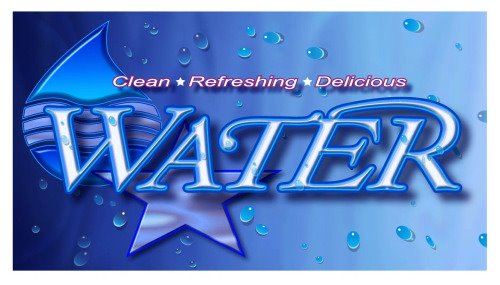The article reinforces mounting evidence the trust we've naively placed on the efficacy of our municipal water supplies, threatens our home, business and school drinking water sources. "Experts" throw up their hands claiming only massive government spending can resolve the issue. At Aqua Star we know the answer is much simpler. Instead of settling for municipal water supplies of questionable quality and drinking water from vending machines also spewing tons of plastic waste into our landfills, we are launching a green vending product coupled with a "bottle-free" community fund-raising program suitable for any school system. Call us for details 1-800-688-1858
|




